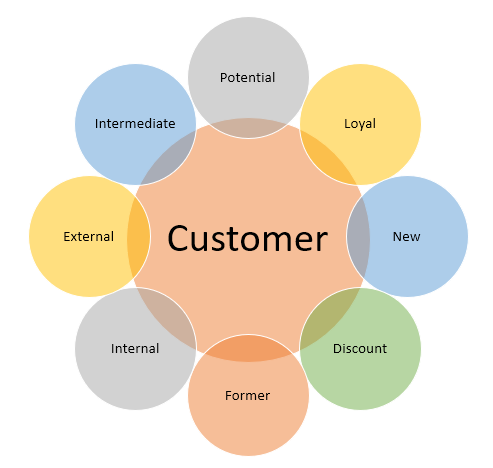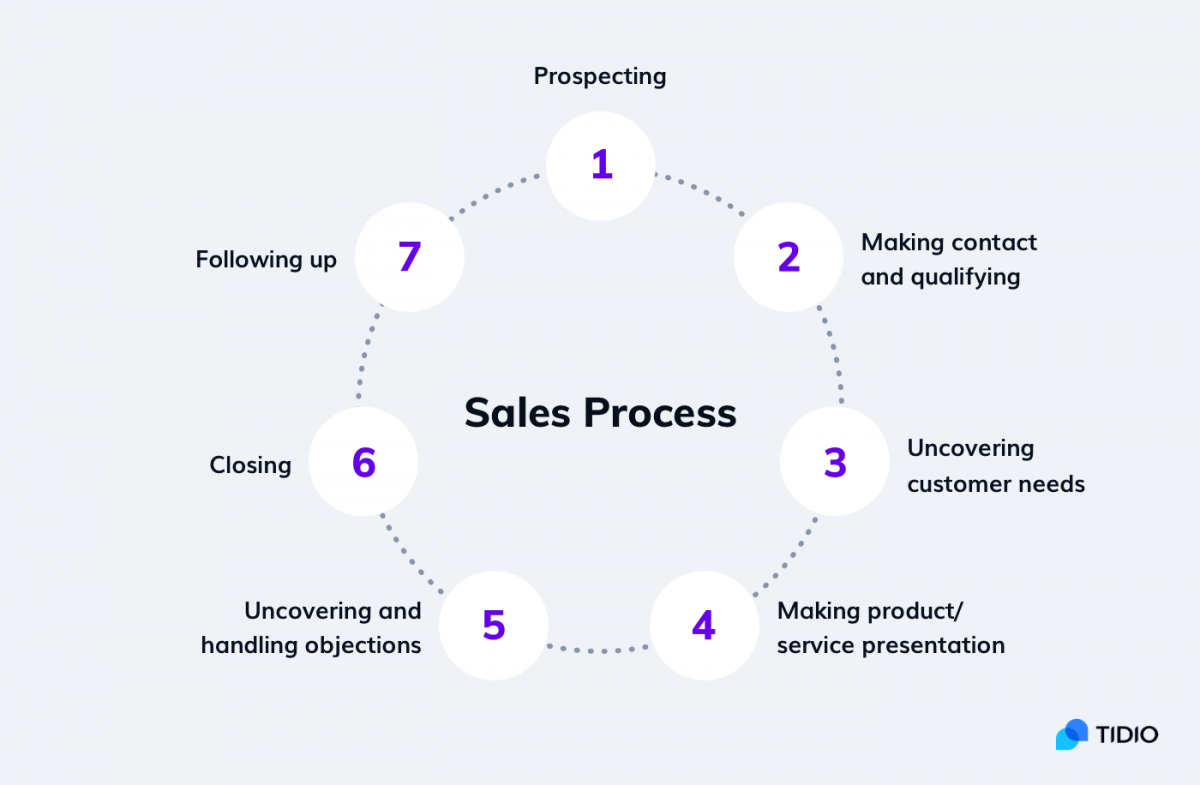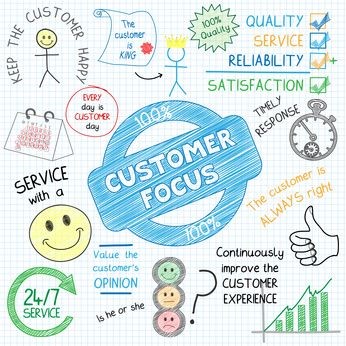A sales strategy is a plan that outlines how a business will reach its sales goals and objectives. A well-crafted sales strategy can help increase revenue, improve customer relationships, and establish a competitive edge.
Here are some key components to consider when developing a successful sales strategy:
Set Realistic Goals: Determine your sales targets based on your business objectives and historical data. Set goals that are realistic, achievable, and aligned with your overall business strategy.
Identify Your Ideal Customer: Define your ideal customer persona based on demographics, behavior, and preferences. Understanding your customer's needs, pain points, and motivations can help you tailor your sales approach and increase conversion rates.
Develop Your Sales Process: Establish a clear and consistent sales process that guides your team through each stage of the sales cycle. This should include prospecting, qualifying leads, presenting your solution, and closing the sale.
Train Your Sales Team: Provide your sales team with the necessary tools, training, and resources to effectively sell your product or service. This can include product knowledge, sales techniques, and communication skills.
Leverage Technology: Use sales automation tools and customer relationship management (CRM) software to streamline your sales process and improve efficiency. These tools can also help you track and analyze sales performance metrics.
Focus on Customer Experience: Emphasize the importance of providing a positive customer experience throughout the sales process. This can include personalized communication, quick response times, and proactive follow-up.
Measure and Optimize: Continuously monitor and analyze your sales performance metrics, such as conversion rates, average deal size, and sales cycle length. Use this data to identify areas for improvement and optimize your sales strategy accordingly.











0 Comments